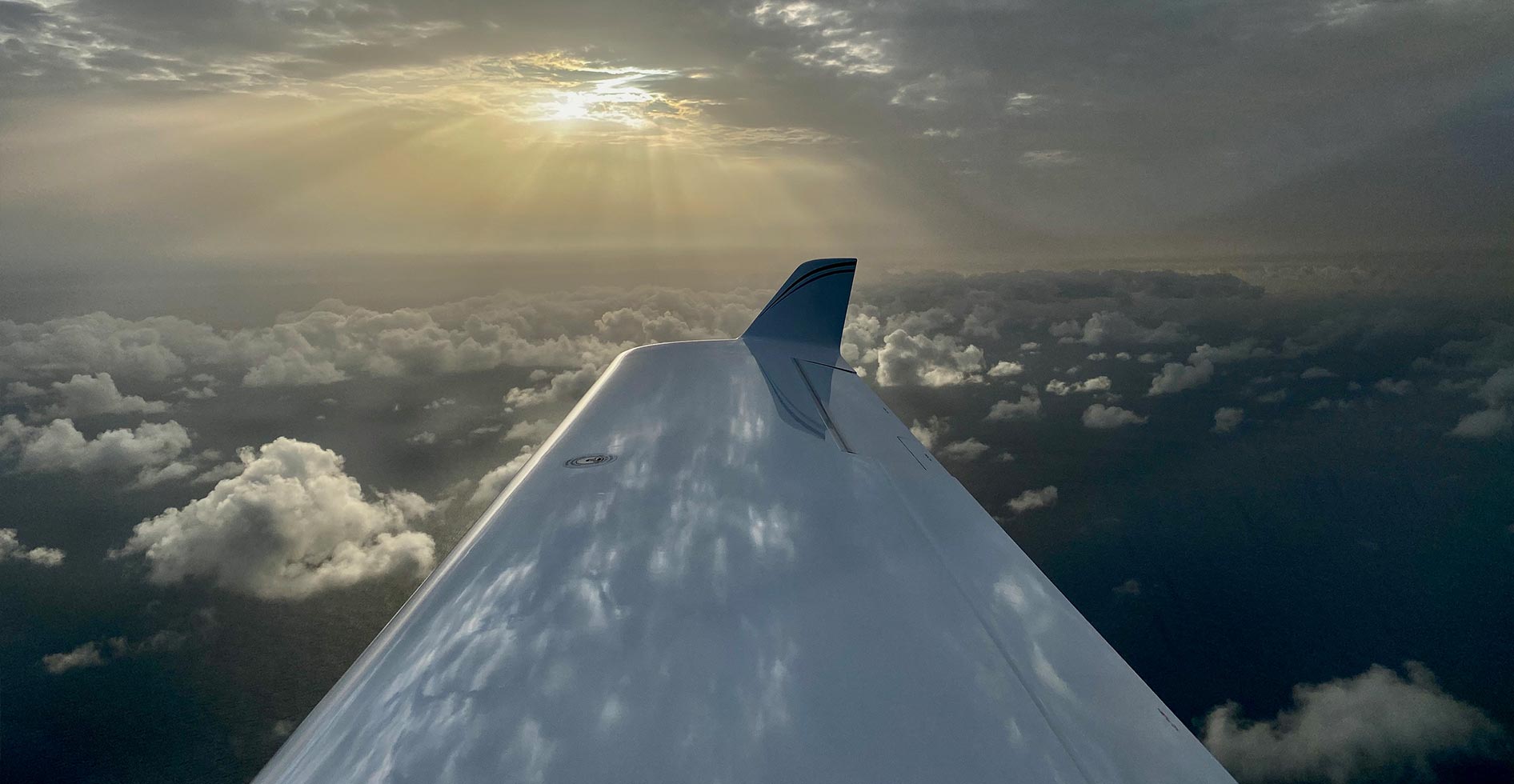






6.9.2022 - 22.9.2022

Support to the Aeolus Validation and Calibration Through Airborne Aerosol In-situ Observations in the Tropics
Every summer, the wind carries large amounts of desert dust particles from the hot and dry Sahara Desert in northern Africa across the Atlantic Ocean. Data from the Copernicus Sentinel satellites and ESA’s Aeolus satellite detect the extent of summer dust plume on its journey across the Atlantic.
In addition to the wind, Aeolus data provides valuable information regarding the altitude and vertical extent of the aerosol layer, compared to downward-looking imagers, as it can determine the height at which the dust layer is travelling.
The extension of the project in 2021 with an additional measurement campaign in Cape Verde in September 2022 does not change the primary objectives. It adds to the secondary objectives and addresses two additional scientific questions:
- Why do dust aerosols remain in the atmosphere much longer than the models predict?
- Does the heating by aerosols in the Saharan Dust Layer influence tropical convection?
These questions will be addressed in cooperation with ground based measurements, vertical sondes and aircraft measurements by NASA.
The secondary objectives relate to the understanding of the contributions of different anthropogenic and natural sources to the aerosol fine fraction, the complex mixtures in the coarse fraction, and their climate effects. We will attempt to separate the effects on the climate of dust and carbonaceous aerosols in the West-African outflow.
Using in-situ measurements, we will complement the Aeolus CAL/VAL scientific objectives, as well as the primary and secondary scientific objectives of the subprojects, such as ASKOS.
University of Nova Gorica, Haze d.o.o., Aerovizija d.o.o., GLWF are partners in the September 2022 JATAC – Joint Aeolus Tropical Atlantic Campaign in cooperation with ESA (European Space Agency), NASA (National Aeronautics and Space Administration), NOA (National Observatory of Athens), NOAA (National Oceanic and Atmospheric Administration), University in Washington and Miami.

Pilot
Flying with light aircraft over Mediterranean, West Africa and South Atlantic is real challenge. Large uninhabited and remote areas of Sahara and Ocean, demanding logistics, bad weather, turbulence, fuel delivery, demanding overflights and landings permissions, unpredictable costs ... There is no doubt a truer research adventure.

Scientist
Measurements over large unpopulated areas of Western Sahara and Atlantic ocean in particular will help us understanding the background concentrations of Black Carbon and other carbonaceous pollutants and their contribution to climate change.
The planet Earth is getting warmer.
Black Carbon adds more than 1 W/m2 to the greenhouse effect.
Black Carbon is the second-largest contributor to global warming after CO2.
7 million people worldwide die every year due to air pollution.
Sea level is rising fast.
Biomass burning, transport and industry emit large amounts of Black Carbon into air.
- Flying distance of over 240 000 km
- Over all oceans
- Over all continents
- Airborne 1200+ hours
- Performed measurements in more than 110 countries
- Took more than 100 000 measurements
- Prepared more than 37 scientific presentations
- Published more than 29 scientific abstracts
- Over 1300 media releases and exhibitions



















